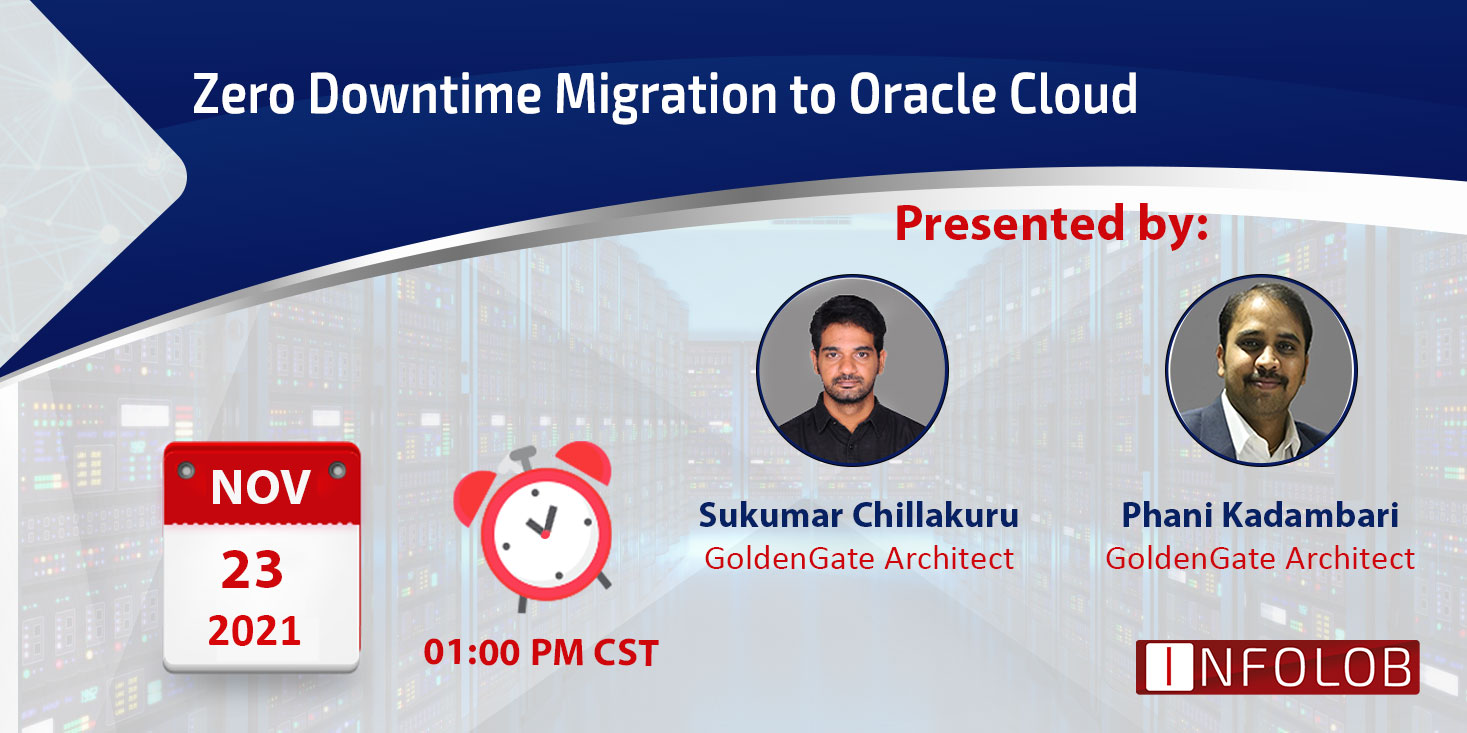Oracle Zero Downtime Migration a.k.a. ZDM is one of the catalysts behind Oracle’s ever-growing premier status in the database and cloud industry. It is because ZDM is what connects Oracle’s leading-edge, best-of-breed performance, scalability, security, and cost savings with accessibility. As the cloud market expands at an incredible pace to hit 800 billion by 2028—aided by big data, AI, ML integration, and the demand for cloud-based solutions—the complexity of migrating to the cloud still remains unconquered for many businesses. And, Oracle ZDM’s simplified, automated, one-push migration of Oracle databases to Oracle Cloud, Exadata Clould@Customer, Autonomous Transaction Processing, and Autonomous Data Warehouse is all these enterprises need.
Founded on the Oracle Maximum Availability Architecture (MAA) best practices, and with the combined power of the high-availability (HA) technologies, including Oracle Data Guard, Oracle GoldenGate, Data Pump, Recovery Manager, and Database Links – the Oracle Zero Downtime Migration is for zero or the most negligible disruption to production workloads while migrating to any of the target options provided by Oracle. Note: Oracle ZDM is compatible with Oracle database 11.2.0.4 and later.
Advantages of Oracle Zero Downtime Migration:
- Simple Migration to Oracle OCI
- Incorporates HA Technologies with MAA Best Practices
- Online and Offline Database Migration
- EE and SE Database Migration Support
- Zero Data Loss and Zero Downtime
- Cloud Security Enabled Process
- Autonomous Database as a Cloud Target
On November 23 at 1pm Central – Infolob will go live with its executive webinar on ‘Zero Downtime Migration to Oracle Cloud’.
Docket:
1. Introduction to ZDM
2. The ZDM Architecture
3. Supported Platforms and Configurations
4. Prerequisites for ZDM
5. ZDM Installation & Pre-Migration Configuration
6. Database Migration with ZDM
7. Final Thoughts and Q&A





